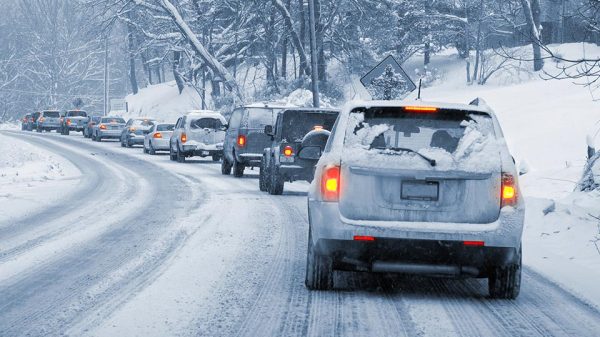In the lively city of Glendale, California, there’s a wide range of neighborhoods, each with its own unique vibe. From hipster havens to bustling urban centers, Glendale has something for everyone. However, not all neighborhoods in this vibrant city are equally safe. In a recent analysis using a method called Saturday Night Science, researchers identified the areas where residents might need a bit more caution.

Unveiling Glendale’s Most Dangerous Neighborhoods for 2024: Moorpark and Pacific Edison in the Spotlight!
Uncovering Glendale’s Most Dangerous Neighborhoods: Moorpark and Pacific Edison in Focus
Among the neighborhoods flagged as the Most Dangerous Neighborhoods are Moorpark and Pacific Edison. Moorpark, in particular, stands out as the toughest spot to live in Glendale for 2024. With a population of 2,461, it has a higher-than-average rate of violent crimes, with 123 incidents per 100,000 people. Property crime is also a concern, with 1,913 instances per 100,000 residents. Additionally, Moorpark has a median home value of $513,550, making it one of the least affordable areas in the city.
Despite having a higher population of 9,488 people, Pacific Edison is still ranked highly on the list of Most Dangerous Neighborhoods. There are 144 violent crimes for every 100,000 residents, and there are 2,257 property crimes for every 100,000 individuals. Furthermore, Pacific Edison is a financially disadvantaged area as well, with the lowest median property value in Glendale at $436,900.
READ ALSO: Discover Philadelphia’s Toughest Neighborhoods: Crime, Challenges, And Hope In 2024
Addressing Safety and Socio-Economic Dynamics for a Better Community
Other neighborhoods like City Center, Tropico, Fremont Park, Somerset, Vineyard, Riverside Rancho, Glenoake Canyon, and Grand Central also made the list of places with higher crime rates and various socio-economic challenges. Despite Glendale’s overall reputation as a desirable place to live, these neighborhoods serve as a reminder that there are areas in every city that require attention and improvement.
Understanding the safety and economic dynamics of different neighborhoods is crucial for residents and policymakers alike. By shedding light on the areas that need extra support, communities can work together to address issues of crime and economic disparity, making Glendale a safer and more inclusive city for all its residents.




![Tyson Foods Plant [Photo: Food Manufacturing]](https://southarkansassun.com/wp-content/uploads/2023/08/iStock_1185520857__1_.5e441daa51cca-600x337.jpg)








![Silverado Senior Living Management Inc. [Photo: Los Angeles Times]](https://southarkansassun.com/wp-content/uploads/2023/10/download-6-4-600x337.jpg)

![China's Wuhan Institute of Virology [Photo: Nature]](https://southarkansassun.com/wp-content/uploads/2023/09/d41586-021-01529-3_19239608-600x337.jpg)















